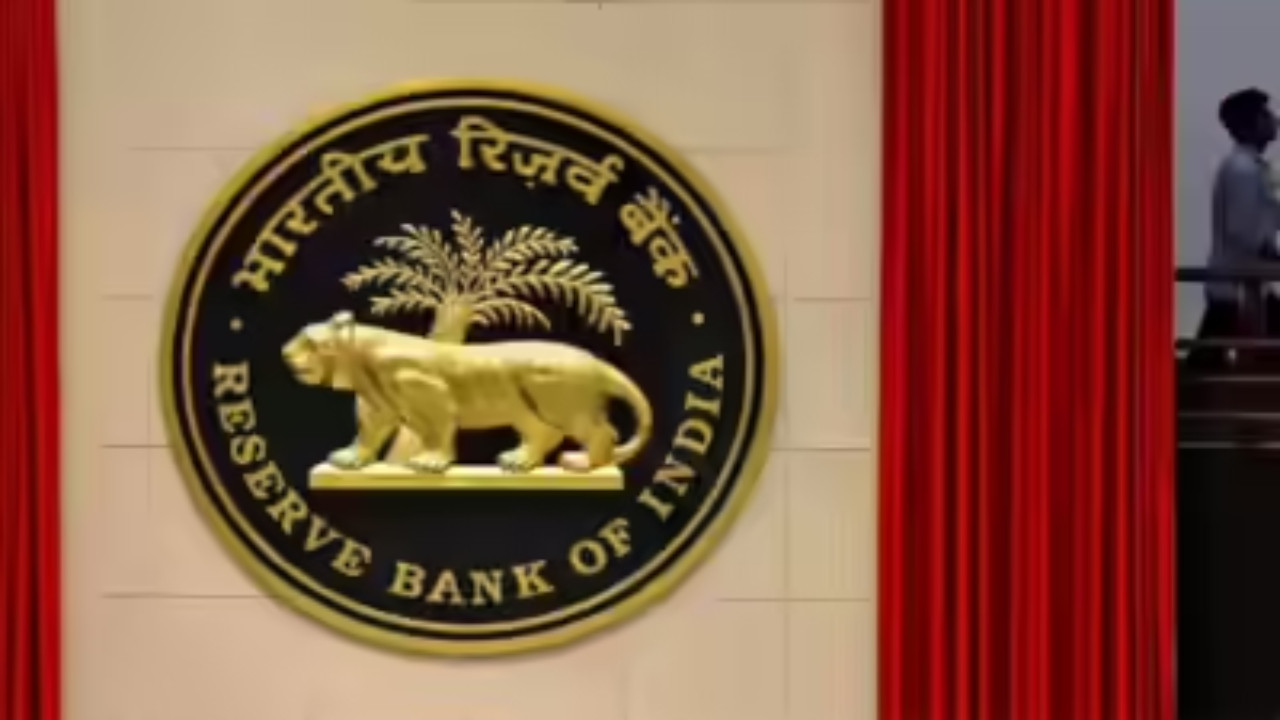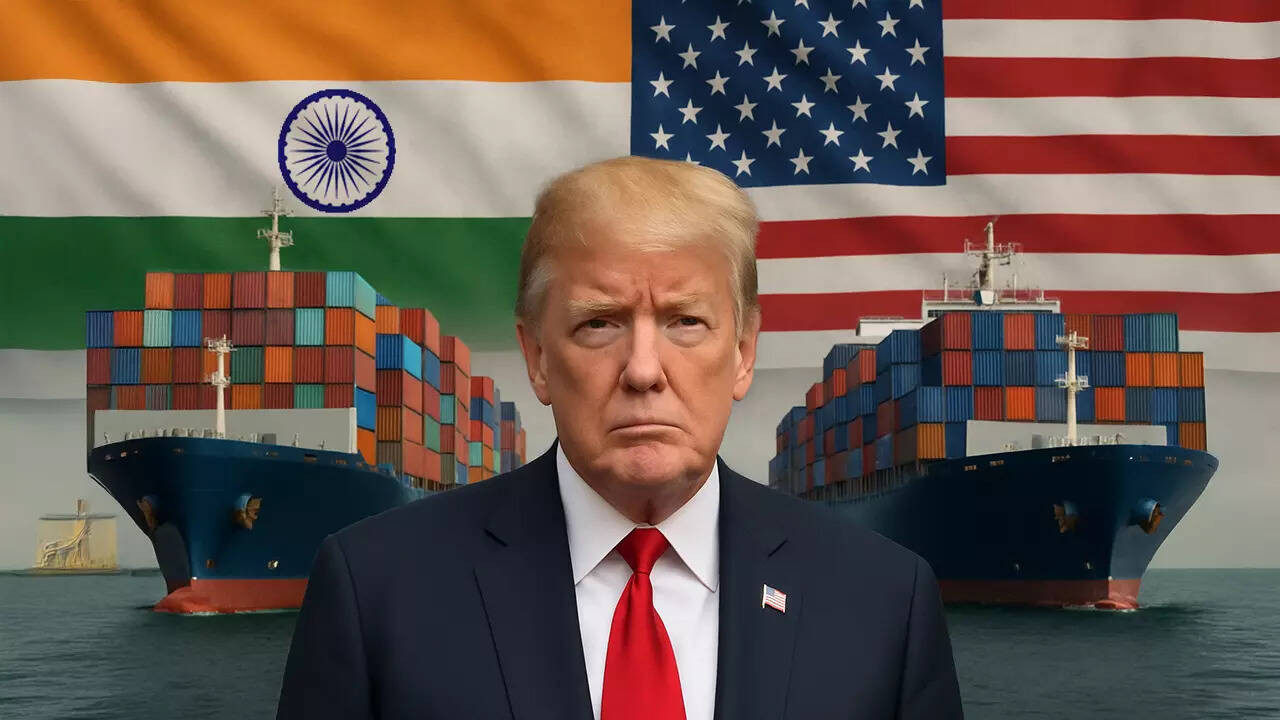India’s electronics manufacturing faces disruption due to new restrictions on gold compound imports, exacerbating existing challenges from China’s export curbs on rare earth magnets. This dual impact threatens production, delays investments, and undermines India’s self-reliance goals. The industry urgently seeks government intervention to address these bottlenecks and safeguard its ambitions of becoming a global electronics hub.
Navigating Choppy Waters: India’s Electronics Manufacturing Sector Faces New Hurdles
India’s electronics manufacturing sector, a beacon of growth and ambition in recent years, finds itself navigating increasingly turbulent waters. Two recent government initiatives, aimed at curbing gold imports and bolstering domestic rare earth element (REE) processing, are inadvertently creating headwinds for the industry, threatening supply chain disruptions and potentially impacting production costs. It’s a complex situation where well-intentioned policies are having unforeseen consequences, demanding swift and strategic responses from both the government and industry players.
The first challenge stems from tightened regulations on gold compound imports. While the government’s aim is to reduce the country’s gold import bill, crucial electronic components rely on gold for its exceptional conductivity and resistance to corrosion. Printed circuit boards (PCBs), connectors, and various semiconductors all depend on gold plating and bonding. The stricter import rules, designed to target the jewelry sector, are now impacting the availability and cost of these essential components for electronics manufacturers. Imagine trying to build a modern smartphone or laptop without the critical gold components; it’s simply not feasible.
The second, perhaps more intricate, challenge arises from new restrictions on the import of rare earth elements and their compounds. India is actively pushing for self-reliance in REEs, essential for everything from magnets in electric vehicles to displays in smartphones. The government’s strategy involves encouraging domestic mining and processing of these critical materials. However, the current domestic capacity isn’t yet sufficient to meet the burgeoning demands of the electronics sector. This creates a supply gap, forcing manufacturers to rely on potentially constrained and more expensive local sources, at least in the short term.

The ripple effects of these policies are already being felt. Industry representatives are voicing concerns about potential production slowdowns, increased input costs, and a general disruption to carefully calibrated supply chains. The electronics sector operates on razor-thin margins and tight deadlines, making it exceptionally vulnerable to even minor supply chain hiccups. Delays in obtaining critical components can halt production lines, impacting delivery schedules and potentially eroding competitiveness in the global market.
Furthermore, these challenges come at a time when the Indian government is actively promoting electronics manufacturing through initiatives like the Production Linked Incentive (PLI) scheme. The PLI scheme aims to attract investment and boost domestic production by offering financial incentives to companies that meet specific production targets. However, if manufacturers struggle to access essential materials at competitive prices, achieving these targets becomes significantly more challenging. There’s a risk that the supply-side constraints could undermine the very goals of the PLI scheme, hindering India’s ambitions to become a global electronics manufacturing hub. You can read more about the broader impact of government policy on the sector here.
Navigating this complex landscape requires a multi-pronged approach. The government needs to engage in open and transparent dialogue with the electronics industry to understand the specific challenges posed by the new regulations. Fine-tuning the policies to minimize unintended consequences, perhaps through targeted exemptions or phased implementation, could alleviate some of the immediate pressures. At the same time, accelerating the development of domestic rare earth element processing capacity is crucial to ensuring a stable and reliable long-term supply. This involves investing in research and development, streamlining regulatory processes, and attracting private sector investment into the REE sector.
From the industry’s perspective, diversifying supply chains and exploring alternative materials wherever feasible is essential. While gold’s unique properties make it difficult to replace entirely, manufacturers can explore ways to optimize its use and reduce reliance on imports. Similarly, investing in research into alternative materials for REE-dependent applications could offer a pathway to greater resilience in the long run. Collaboration between industry players, research institutions, and the government will be key to developing innovative solutions and navigating these challenges effectively.
Ultimately, the long-term success of India’s electronics manufacturing sector depends on creating a stable, predictable, and competitive ecosystem. While the government’s objectives of reducing gold imports and promoting domestic REE production are laudable, it’s crucial to ensure that these policies are implemented in a way that supports, rather than hinders, the growth of this vital sector.
Charting a Course for Success
The current situation demands a collaborative and adaptive approach. By working together, the government and the electronics industry can overcome these hurdles and ensure that India remains on track to achieve its ambitious goals in electronics manufacturing. This requires a careful balancing act, prioritizing long-term strategic objectives while addressing the immediate challenges facing manufacturers on the ground.






